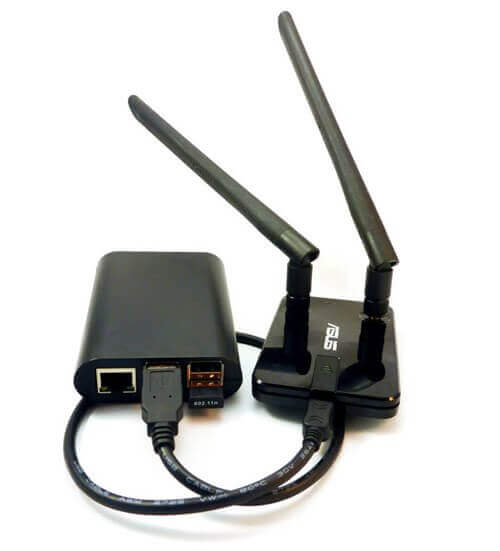

Set public IP addresses on the dummy interface: In this case we can use a simple solution with a dummy interface and DNAT rules on VyOS routers. Services.dnsmasq = lib.optionalAttrs instances on AWS are located behind 1-to-1 NAT and this affectly IPSec negatively. # File systems configuration for using the installer's partition layout If X.org behaves weirdly (I only saw the cursor) # Needed for the virtual console to work on the RPi 3, as the default of 16M # use an older kernel, so that we can actually bootīoot.kernelPackages = pkgs.linuxPackages_4_19 # Enables the generation of /boot/extlinux/nfī = true While I had read the NixOS pamphlets, and listened politely when the faithful came knocking on my door at inconvenient times, I had never walked the path of functional Linux enlightenment myself.Ĭonsider this my first few steps down the `/etc/nixos` path, because, while I lacked a WiFi router, I did have an errant Raspberry Pi 3B+ lying around.īe sure to fill out the SSID and WPA passphrase in the file below. * Whenever I moved my laptop I would also need to reset the credentials on all of my wireless devices!Īdditionally, some of my coworkers are Nix true believers. * The WPA password would be set to a random string whenever the hotspot was started, and so

* The laptop had to be close to the modem, so that it could be plugged into ethernet, making my laptop not even portable *within* the appartment, * The wireless internet goes out whenever I would travel with the laptop,


Using my Ubuntu laptop's "wireless hotspot" capability was a nice temporary solution, but it had a few serious drawbacks: And yes, it was crazy.) I quickly realizied that was going to need a wireless router of some sort, or more formally, a wireless access point (WAP). (Yes, I moved during the COVID-19 pandemic. I recently moved, and my new place has a relatively small footprint. # Learn NixOS by turning a Raspberry Pi into a Wireless Router


 0 kommentar(er)
0 kommentar(er)
